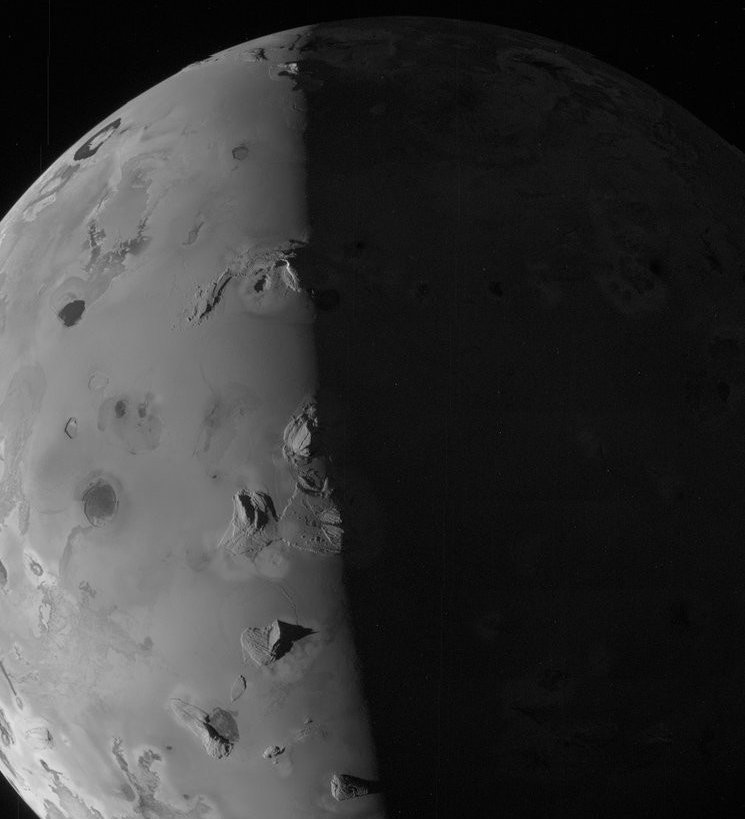[ad_1]

POT
On Saturday, NASA’s Juno spacecraft, which has been orbiting Jupiter for the better part of a decade, made its closest flyby of the Jovian system’s innermost moon.
The spacecraft came within 1,500 kilometers (930 miles) of the surface of Io, a dense moon that is the fourth largest in the Solar System. Unlike many moons around Jupiter and Saturn, which have surface ice or groundwater, Io is a very dry world. It is also extremely active geologically. Io has more than 400 active volcanoes and is therefore an object of great interest to astronomers and planetary scientists.
The images of the December 30 flyby were published by NASA over the New Year’s holiday weekend, providing some of the clearest views yet of this hellish world. The new data will help planetary scientists determine how often these volcanoes erupt and how this activity is connected to Jupiter’s magnetosphere: Io is bathed in intense radiation from the gas giant planet.
To date, Juno has primarily observed Io from afar, as the spacecraft has made 56 flybys of Jupiter, studying the gas giant complex in much greater detail than ever before. Since it arrived in the planetary system in July 2016, Juno was already several thousand kilometers from the Moon. Juno will make another close flyby of Io on February 3, 2024, and this will allow scientists to compare changes on the moon’s surface over a short period.
Since its launch on an Atlas V rocket, Juno has performed very well while operating in the Jovian system, surviving prolonged operations in the planet’s harsh radiation. This is a major challenge for any Jupiter-bound spacecraft, which must carry radiation-resistant instruments, including their cameras.
“The cumulative effect of all that radiation has started to show up on JunoCam over the last few orbits.” saying Ed Hirst, Juno project manager at NASA’s Jet Propulsion Laboratory in Southern California. “Images from the latest flyby show a reduction in the camera’s dynamic range and the appearance of ‘streaky’ noise. Our engineering team has been working on solutions to alleviate radiation damage and keep the camera operational.”
In the end, radiation will win, so NASA is planning a disposal of Juno before it is no longer operational. The space agency originally planned to end the vehicle’s life in 2018, but because Juno has been a survivor in probing the largest planet in the Solar System, the spacecraft is now scheduled to operate until September 2025.
At that point, however, it will descend into Jupiter’s atmosphere to burn up and not contaminate any of the planet’s moons with stray Earth microbes on board, however unlikely that may be.